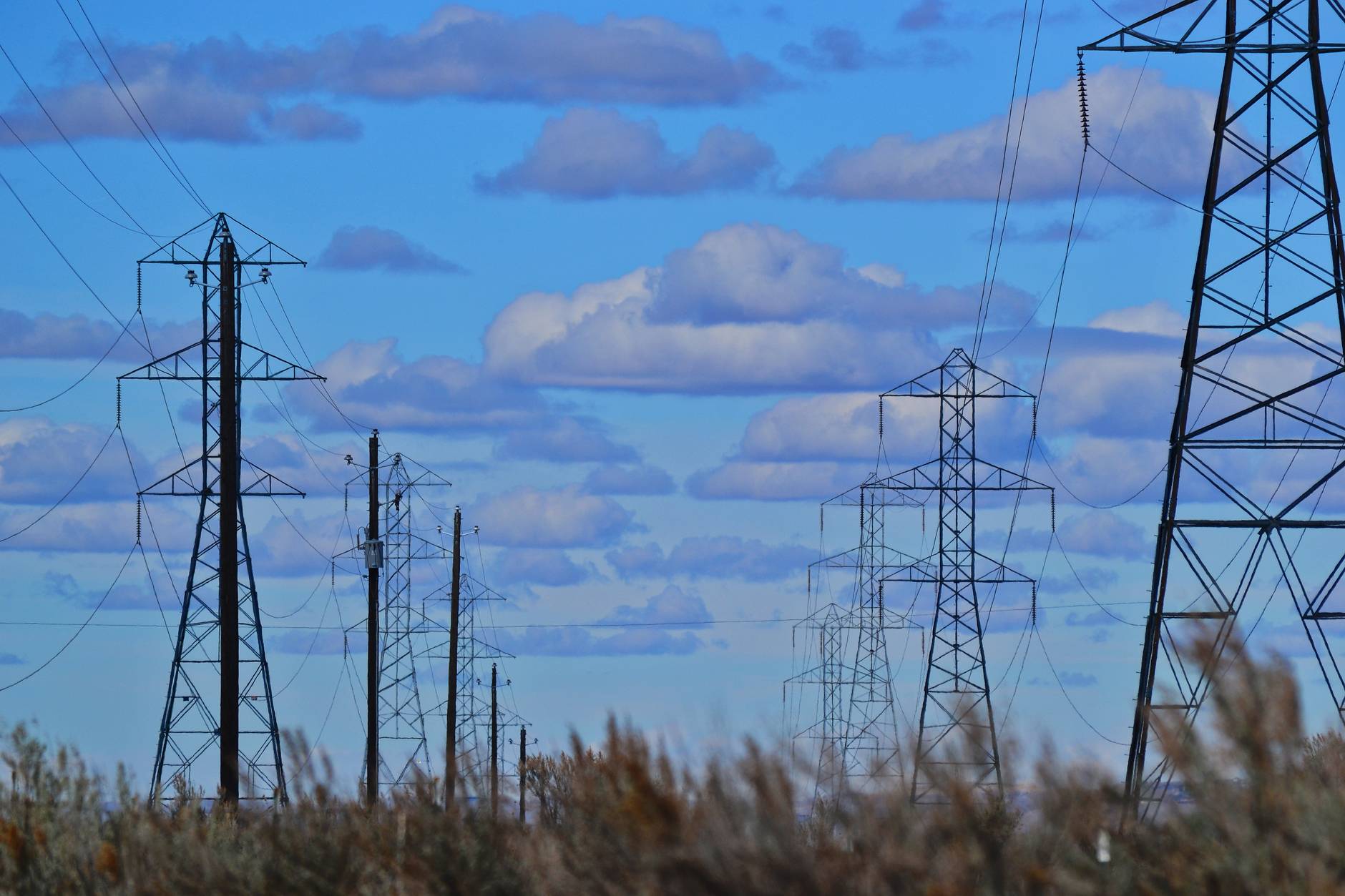
A recent report by the Standing Committee of Experts, formed under the Central Electricity Authority (CEA), has highlighted the failures of high-voltage substation equipment across India. The committee, which was set up in January 2013, investigates issues related to equipment rated at 220 kV and above. The latest findings, published on May 1, 2025, cover failures that occurred between July 2023 and December 2024.
The committee’s analysis is based on data provided by power utilities across the country. In March 2025, experts held a hybrid meeting at the CEA headquarters in New Delhi to thoroughly examine the failures. The main goal of this investigation is to understand the root causes of these failures and recommend steps to prevent future incidents.
The report has been made available for review by the relevant parties, including power utilities, regulators, and industry stakeholders. It offers a detailed analysis of the failures that occurred during the 18-month period. The data is structured in a way that helps identify patterns and trends, and it likely follows the format outlined by the CEA’s Annexure IV, which requests detailed information about each failure.
According to this format, utilities are asked to provide specifics about the failed equipment, including the type of equipment (such as transformer, reactor, etc.), its manufacturer, the commissioning date, and the operational history of the equipment. The report also includes details of the circumstances surrounding the failure, such as the date, time, and load conditions at the time. Environmental factors and protection systems that were activated during the failure are also noted. Utilities are expected to share any abnormalities observed during past maintenance and whether major repairs had been carried out before the failure.
Moreover, utilities are required to submit a timeline of events leading to the failure, including any time-stamped data, if available. The report also asks for details about tests conducted after the failure, observations from field staff, and the probable cause of the failure. Utilities must attach relevant documentation such as pre-commissioning and post-failure test reports, maintenance records, and photographs of the damaged equipment.
The Standing Committee of Experts reviews all this data to identify common failure patterns, whether they are due to design flaws, manufacturing issues, operational challenges, or deficiencies in maintenance. The committee’s findings and recommendations are crucial for improving the reliability of India’s high-voltage power transmission system. The committee’s work is aligned with the Electricity Act of 2003, which emphasizes the importance of maintaining the performance and stability of critical power infrastructure.
This investigation into high-voltage substation failures is a step toward strengthening India’s energy infrastructure and minimizing disruptions in power transmission. By identifying the causes and suggesting solutions, the committee aims to enhance the country’s overall energy security and ensure a more reliable electricity supply to consumers across the nation.
Related
Source link



